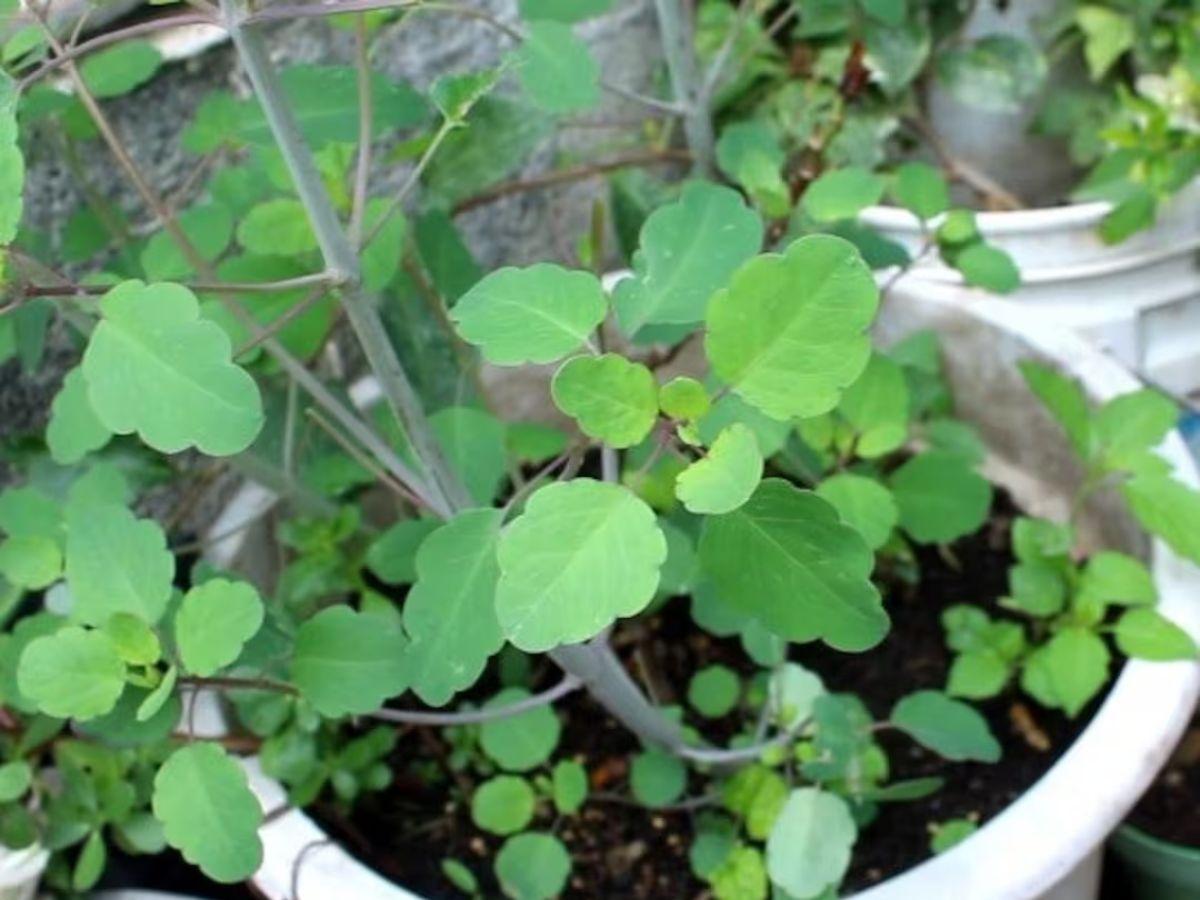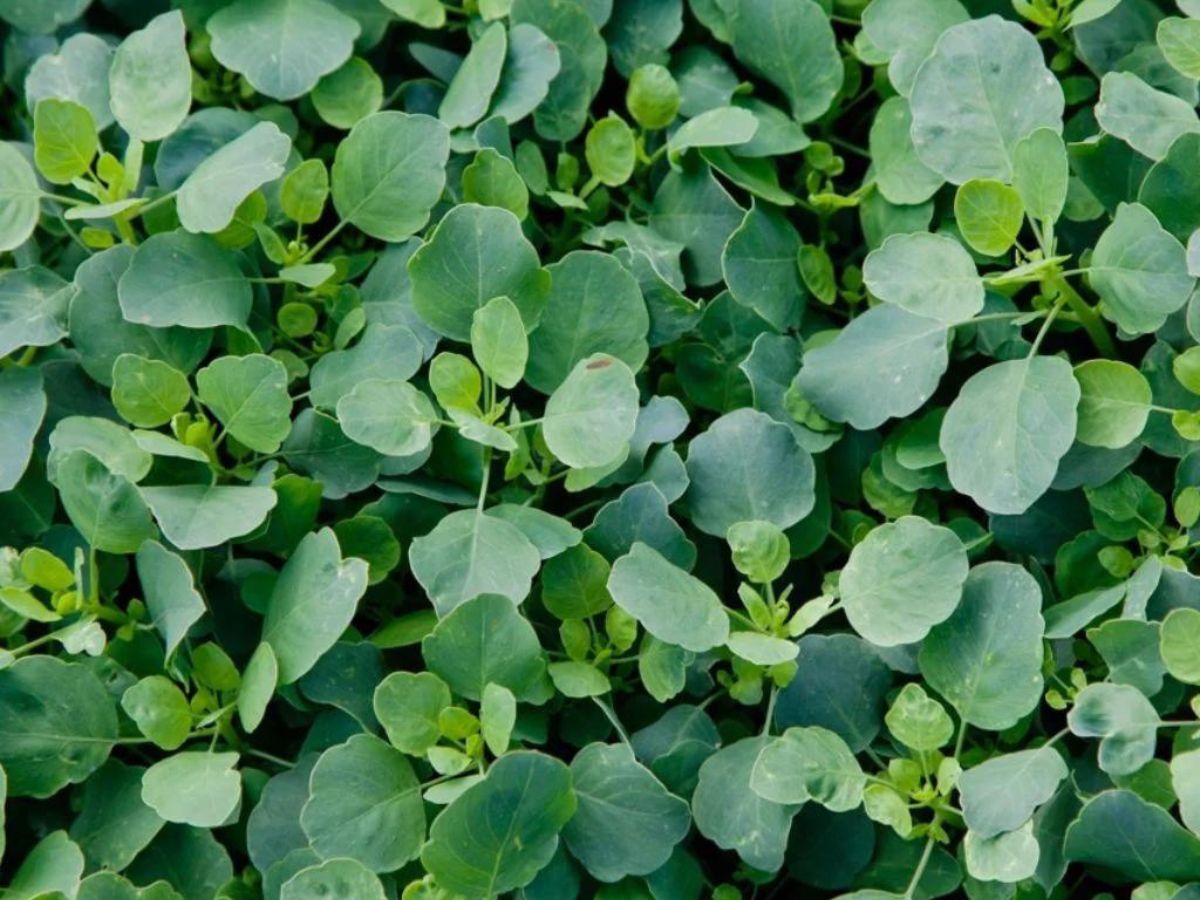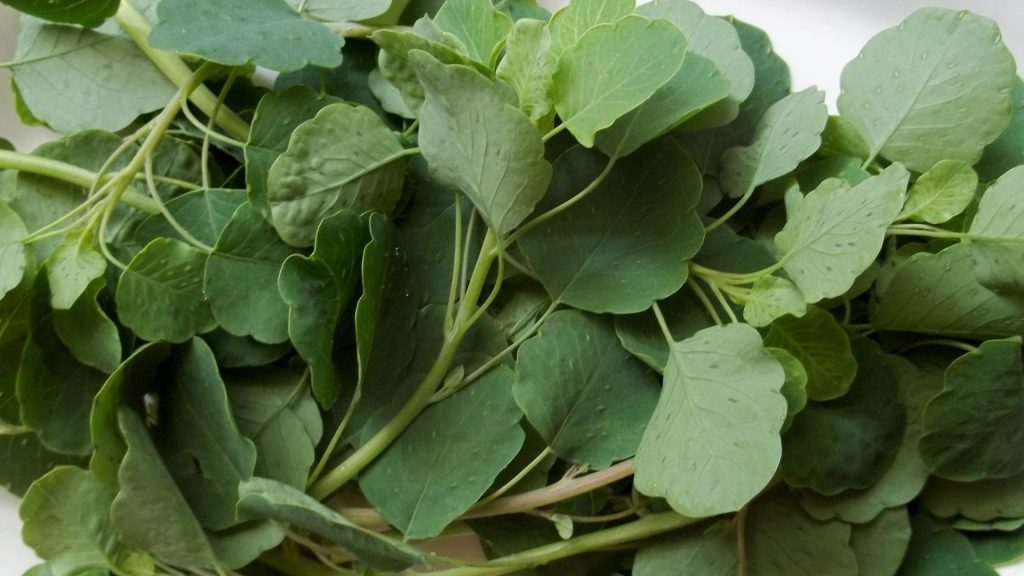Papalo is a fabulous although relatively unknown ancient Mexican herb. It can be an alternative to cilantro, but its aromas are bolder and more complex. Some describe it as a cross between rue, cilantro, and arugula; others say it tastes like a mixture of lime, nasturtium, and cilantro flowers.
Papalo vs Cilantro
First, papalo differs from cilantro in appearance. While cilantro looks a bit like parsley in appearance, the Mexican papalo has ovoid leaves. These plants are quite similar in smell and taste, however, the taste of the papalo is more intense. For this reason, if you want to replace cilantro with this herb when preparing a dish, then use half of it.
What Is Papalo?
Papalo is an annual green leafy plant with sharp, ovoid leaves. It is a seasonal plant that grows in Central and South America and Mexico.
The pungent aroma of papalo, which is a mixture of rue, arugula, and cilantro, can complement many dishes. Papalo belongs to the family of informal quelites that entails semi-wild greens grown in central and South America. The name ‘quelite planta’ comes from the Nahuatl word “quilitl”, and in English, it means “edible plant or weed”. Thanks to its wide popularity with the Quechua people of Bolivia, papalo Mexican herb is also often called Bolivian coriander, although it should be noted that this plant has nothing to do with Coriandrum sativum. Under favorable conditions, the plant can grow up to 6 feet in height.
How to Grow Papalo

You can easily propagate papalo plants by seeds, you don’t need to have any special skills to do this. Seed propagation is arguably the best way to grow this herb because it could be difficult for you to find seedlings in nurseries. The best times to reproduce the papalos plant are in spring and summer, although you can do this anytime other than winter frosty days. You can sow seeds both directly on open ground and grow indoors.
If you plan to grow papalo indoors, then prepare a seedling box. Place the seeds in there and cover them with a small layer of soil. Water the soil as soon as the top layer dries. Choose a warm and bright spot and place the seedlings there. After about 2-3 weeks, you would be able to observe the first shoots. Make sure they get enough sunlight. Once the plants are 2-3 inches tall, you can move them to a permanent location.
You can also easily grow this Mexican herb in a pot. To do this, choose pots that are about 10 to 12 inches in size. Keep in mind that the roots of the plant can go quite deep, so choose large pots with good depth.
Papalo Plant Care
Temperature and Climate
It is a subtropical Mexican herb that thrives in hot climates. If you live in a fairly warm region, you are unlikely to have problems growing papalo all year round. But if you live in cooler regions, then you should be extremely careful not to harm the plant. Do not carry the papalo outside until the frost hazard is over. If the temperature drops below 48-50 F (8-10 C), then the plant may slow down its growth.
Lighting
This Mexican plant loves the sun and hot climates. For it, you need to choose open areas, fully illuminated by the sun. Plant it in full sun and watch it bloom beautifully!
Watering
Moderate watering of an adult plant is recommended. Don’t keep the soil too moist. This is the case when it is better to leave the plant in a drought than waterlogged. The fact is that papalo easily tolerates drought, which cannot be said about waterlogging. Wait a while between waterings until the soil is dry. Keep in mind that stagnant water harms the plant. Deep, infrequent watering is best for this Mexican plant to grow well.
Fertilizer
You don’t need to fertilize Bolivian coriander, as it can even grow in poor soil. On the rare occasion that you notice a lack of growth, you can fertilize the plant with manure or compost.
Pruning
Pruning is done when the plant is harvested. If you cut off the tops for cooking, it would promote density.
The Soil
The plant papalo is not picky and can grow even on poor soils. But for good plant growth, make sure the soil is well-drained.
Pests and Diseases
You don’t need to worry about pests when growing papalo. The plant is also not susceptible to disease, so it does not require painstaking care.
Harvesting
It is very simple to harvest a papalo. When collecting it, the same rules apply as for collecting any other classic herb. Take a clean, sharp pair of scissors and simply cut off the mature leaves as much as you need. However, keep in mind that different leaves give different tastes. If you want a milder flavor, trim off the younger leaves, or if you want to add more spice to your meal, trim off the older leaves. Collecting the leaves also promotes the growth of new young shoots.
Papalo Herb Uses

Young papalo leaves can add an interesting zest to any dish. Remember to only use it raw if you want to preserve its flavor and aroma. As a rule, this herb is added at the very end, giving the dishes a unique piquant taste. Traveling around the Mexican state of Puebla, in many cafés, you can find a fresh sprig of papalo in a glass jar of water on the table next to pepper, salt, and salsa. Guests of the establishment pick off one or two leaves, tear them into small pieces, and sprinkle them on various dishes such as tacos, soups, or cakes. The leaves of this plant can also be used in place of cilantro in many recipes, as they have a similar scent. Papalo can be an incredible addition to fried rice, sandwiches, pesto, and salsa. Be sure to try cooking something with the papalo, you would love it!
Benefit for Health
The leaves of this plant are often used to treat various ailments. The active chemicals and papalo essential oil have various healing properties. This Mexican herb is believed to aid digestion and lower cholesterol and blood pressure. The plant is also able to reduce inflammation that has been caused by infections. If you or someone you know suffers from liver disease, then also take a look at this medicinal plant. But in any case, do not self-medicate, be sure to consult your doctor!
As you can see, papalo is a rather useful plant that even a novice gardener can grow without problems! It can be a great addition to many dishes, and also a great substitute for cilantro. The main rule in this case: add half as much papalo, since it has a stronger and richer taste than cilantro.


